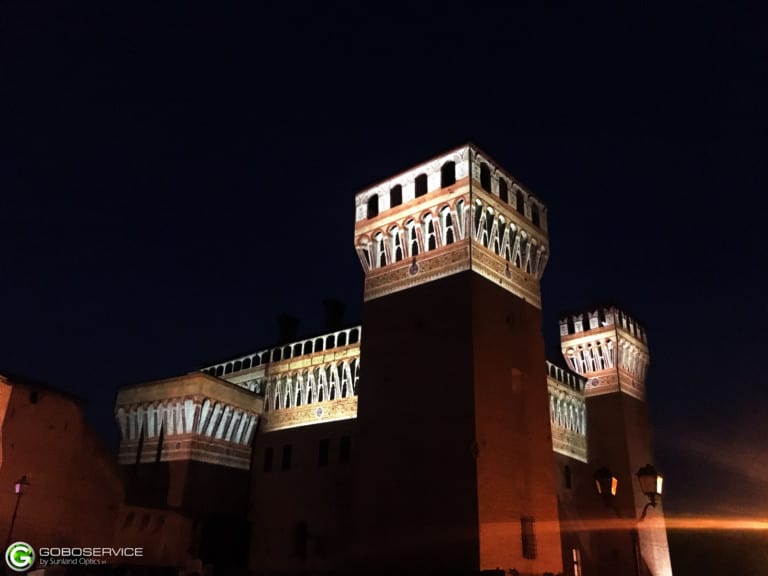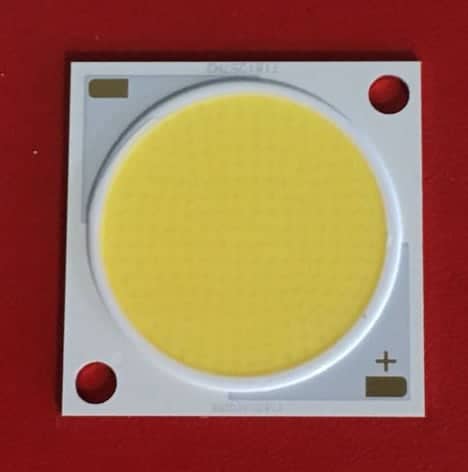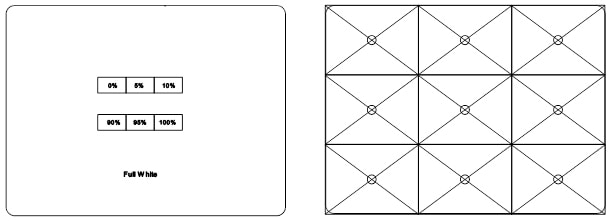On Friday, July 13, the past and the future met in an embrace of light on the rampart of the Rocca di Vignola, a Modena fortification of 1200s. The original decorations and colours of the towers and bastions of the military artifact, owned by the Contrari family for a long time, are brought back to life: not for the lordship to be as mighty as it once was, this time it’s for the colour culture. The Fondazione di Vignola along with the visual design studio Apparati Effimeri presented the “SOGNO O SON DESTE”, a cultural project implemented in collaboration with the Cassa di Risparmio di Modena, Carife (Cassa di Risparmio di Ferrara) and BPER Bank funds.
The task seems quite ambitious: to create a very original proposal that would promote the most important artistic treasures of Emilia-Romagna.
“The goal, – wrote Giuseppe Pesci, who coordinated the project together with the scientific director Achille Lodovisi, – was to enhance the commission of the Este family, focusing on the variety and importance of the cultural interests of the dukes and people who surrounded them, recreating the atmosphere of the most vibrant European court and triggering, through the “wow” effect that the architectural mapping creates, new thinking that will remain engraved on the viewers’ memory”.
Turning point was a successful initiative of Goboservice which, as a company mission, produces highly persuasive three-dimensional visual content. The Bologna-based company Apparati Effimeri which oversaw the design of the projections, has already been involved in an architectural enhancement of the Este family project through the video mapping technique. The first experiment allowed to realize a partial reproduction of the decorations on some walls of the fortress of Vignola and that impressive result encouraged us to make a further leap in quality. Originally 6 video projectors were used that partially covered the walls and perimeter towers with genuinely positive results, but the digital video projection had objective limits. We could not even dream about a long-term projection as it would have led to equipment deterioration, as it was not suitable for external use.
As a result of the meeting with Goboservice a winning idea was evolved: “Why don’t we use a gobo projection technology for a more extensive, long-lasting, and, if you like, cheaper visual reproduction?” So an intense research began, uniting Reggio Calabria and Bologna. A continuous information exchange allowed us to define a process of integration between complementary technologies such as analogue and digital in a complex and challenging job as highlighted by Marco Grassivaro (Apparati Effimeri) quoting the journalist Oliver Burkeman. The team of technicians and designers was perfectly aware of the fact that never before had anything like this been experienced in the field of virtual restoration. There had already been partial reproductions of internal walls, however the entire surface of a building with such a complexity of volumes to be mapped and reproduced in full and for a long period of time has never been done before.
We started with examinations carried out with help of special 3D laser scanners by experts Professor Manuela Incerti and the restorer Natalia Gurgone. The reliefs generated a very precise cloud of dots, from which a three-dimensional grid appeared with a margin of error of less than a centimetre. The grid and the planimetric surveys done with the help of drones were the base of the subsequent work carried out by Goboservice and Apparati Effimeri.Three months of studies and testing brought us to the last step – laser ablation of the full colour gobos – the dichroic filters on which the marvellous medieval paintings with their alluring luminous details were engraved. Special attention has been paid to the calibration of the images to guarantee colour uniformity of the whole set and correspondence with the original colours of the friezes.

The experiment, that truly left everyone breathless until the end, helped us overcome all the obstacles in order to make the projected images perfectly coincide the structured area of the castle as in a gigantic puzzle of light, the little pieces of which had to fit together without smudging.
“We had to take into account different factors of projection distortions, – said Pietro Martino, Goboservice Project Manager, – resulting from the projectors’ misplacement, the variation of volumes and shapes and, finally, the height discrepancy. The 400, 600 and 1000 watt power and 56 and 115 mm fixed lenses Goboservice projectors have been redesigned and specially set up to better respond to the new mapping challenge. The gobo projectors have been placed in strategic points inside and outside the fortress to obtain desired effect – the luminous tapestry admired by the authorities, financial foundation representatives and numerous visitors who stopped by to appreciate the castle in its new luminous “outfit”. In the beginning of the inauguration concert the fortress served as a scenic background to the Fabio Testi’s poetry reading, however later on it became itself the absolute hero of the night. And now, while you can enjoy the Este Castle’s new look on Wednesdays and at weekends until September 23, the European Heritage Day, our projectors aim even further – towards our next goals – the church of Sant’Agostino in Modena, Casa Romei and the internal courtyard of the castle of Ferrara, on which we are already working. The decorations and colours that adorned the rooms, cloisters and balconies will shine bright again like many years ago. These are just other concrete examples of what can be done in Italy, a “painted country” – as defined by Pesci – waiting to be brought to light.








